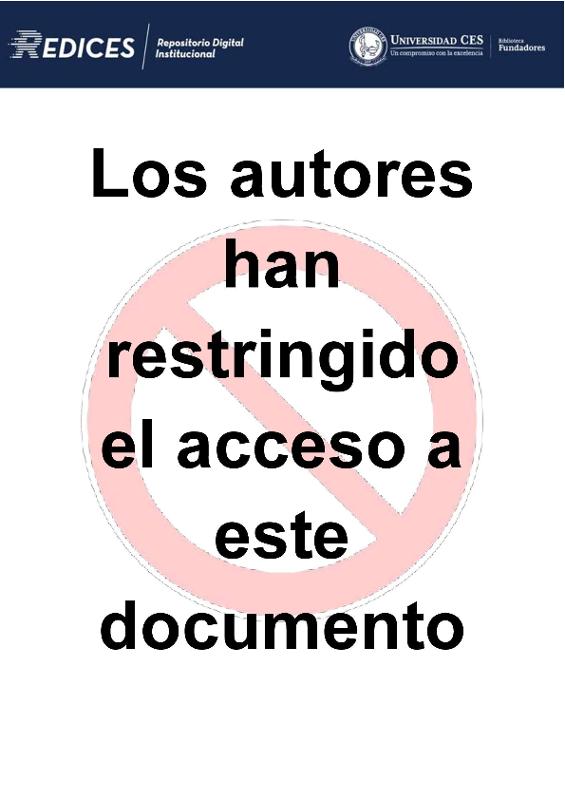Mostrar el registro sencillo del ítem
Traits to cope with drought: Functional responses to water limitation in seedlings of five dominant Tropical Andean species
| dc.contributor.author | Vasquez-Bedoya, Manuela | |
| dc.contributor.author | Villegas, Juan Camilo | |
| dc.contributor.author | Quintero-Vallejo, Estela | |
| dc.date.accessioned | 2023-12-01T21:51:32Z | |
| dc.date.available | 2023-12-01T21:51:32Z | |
| dc.date.issued | 2023-11-20 | |
| dc.identifier.uri | https://hdl.handle.net/10946/8165 | |
| dc.description.abstract | Extreme drought events are expected in Tropical Andean forests, placing their diversity and ecosystem function at risk. The persistence of forests in the face of climate change depends on how trees respond to drought at different ontogenetic stages. The seedling stage is crucial for population turnover in forests and, therefore, understanding seedling strategies to cope with drought is essential for assessing the vulnerability of Andean Forests. However, limited research has been conducted to evaluate these strategies in native seedling species. Drought resistance can be assessed by measuring aboveground plant functional traits, which are related to water use. In this study, we evaluate how five dominant seedlings species from the tropical Andean respond to water limitation by measuring functional traits on leaves and stems. We conducted a greenhouse drought experiment with successive drydown curves after water pulses on Quercus humboldtii, Croton magdalenensis, Clusia sp., Erythrina edulis, and Meriania nobilis using water limitation treatments based on different levels of plant-available water (PAW): field capacity, 80% and 50% PAW, and total moisture exclusion. Our results suggest differences in vulnerability to drought, but a general decrease in seedling performance. Notably, (i) species exhibited differences in response to different drought conditions; (ii) Shoot water content is associated with seedling mortality and performance and (iii) Aboveground functional traits response to drought showed a pattern that can be associated with drought strategies. The avoidant strategy was associated with high aboveground tissue investment, high specific leaf area, and high shoot water content, whereas the tolerant strategy was associated with low water potential, low specific leaf area, and low shoot water content. These results are important for understanding the different responses that native Andean plants use to face water limitations. This information is useful for projecting forest resilience under climate change and can be used to strengthen climate change adaptation management. | es_ES |
| dc.language.iso | en | es_ES |
| dc.subject | Climate change | es_ES |
| dc.subject | Drought strategies | es_ES |
| dc.subject | Greenhouse | es_ES |
| dc.subject | Vulnerability | es_ES |
| dc.subject | Ecophysiology | es_ES |
| dc.title | Traits to cope with drought: Functional responses to water limitation in seedlings of five dominant Tropical Andean species | es_ES |
| dc.type | Trabajo de Grado | es_ES |
| dc.rights.accessrights | info:eu-repo/semantics/closedAccess | es_ES |
| datacite.rights | http://purl.org/coar/access_right/c_14cb | es_ES |



